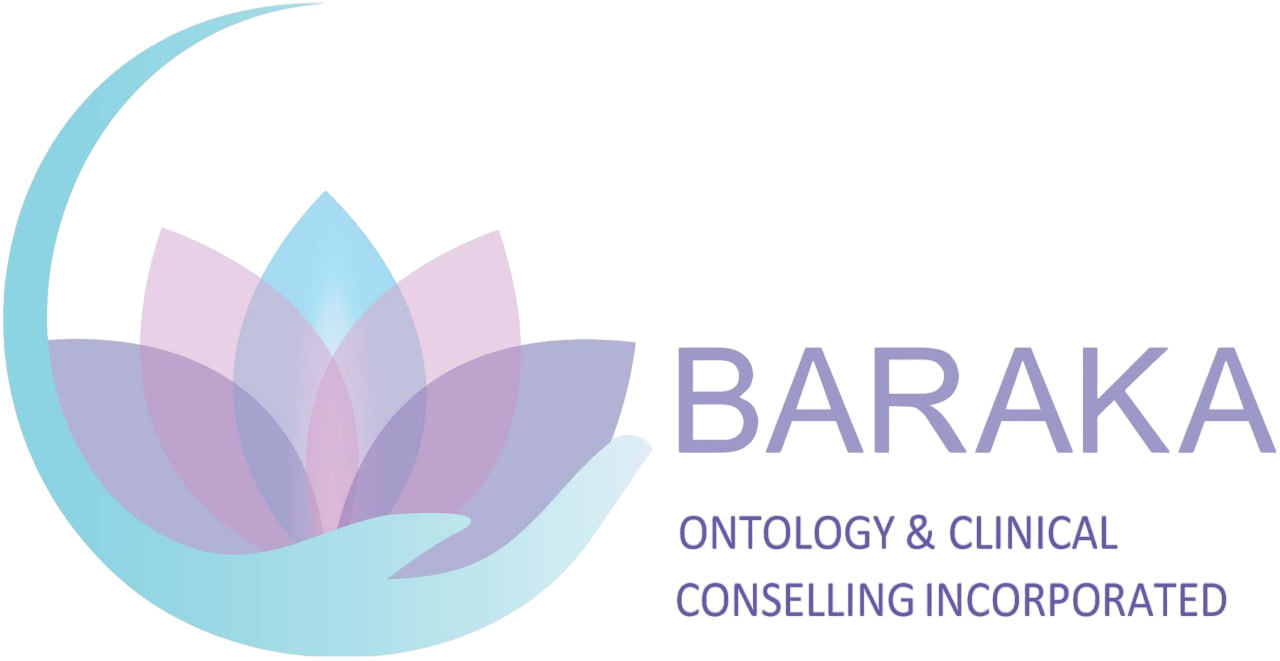Organizational coaching is a structured process that focuses on improving the performance of teams and individuals within a company. It involves working with employees to develop skills, improve efficiency, and foster a culture of continuous improvement. Through targeted interventions and strategic guidance, coaching aims to unlock potential and drive performance. The ultimate goal is to help the organization achieve its strategic objectives by aligning individual capabilities with corporate goals.
Moreover, organizational coaching is not limited to correcting poor performance. It is equally about nurturing talent, encouraging innovation, and fostering a proactive approach to challenges. By embedding a coaching culture within an organization, companies can ensure that learning and development are ongoing processes, enabling them to remain competitive in an ever-evolving business landscape.
Types of Coaching in Organizations
There are several types of coaching that can be utilized within an organization, each targeting different aspects of team and individual performance. Understanding these types can help organizations decide which approach is best suited to their needs and objectives.
Leadership Coaching
Leadership coaching is designed to develop the skills of current and future leaders. It focuses on enhancing decision-making abilities, communication skills, and emotional intelligence. Effective leadership coaching can transform managers into leaders who inspire and motivate their teams to achieve common goals. By developing leaders who are adept at handling change, organizations can navigate uncertainties with greater agility and confidence.
Additionally, leadership coaching often involves helping leaders develop a vision and strategic mindset, which are crucial in steering their teams toward success. By instilling a sense of accountability and self-awareness, leadership coaching can cultivate a generation of leaders who are not only effective in their roles but are also capable of fostering a positive organizational culture.
Performance Coaching
Performance coaching aims to improve an individual’s work performance. It involves setting clear goals, providing feedback, and developing strategies to overcome obstacles. This type of coaching is particularly beneficial for employees who need to improve specific skills or are transitioning into new roles. By addressing performance issues constructively, performance coaching can enhance job satisfaction and reduce turnover rates.
Furthermore, performance coaching can be tailored to individual needs, making it a versatile tool for personal development. It encourages employees to take ownership of their growth, fostering a sense of empowerment and self-efficacy. As a result, employees are more likely to engage in continuous learning and development, benefiting both themselves and the organization.
Team Coaching
Team coaching focuses on improving the dynamics within a team. It helps team members understand their roles, improve communication, and collaborate more effectively. By fostering a sense of unity and shared purpose, team coaching can significantly enhance team performance. It emphasizes the importance of diversity in thought and approach, leveraging individual strengths for collective success.
Moreover, team coaching can address and resolve conflicts, build trust, and cultivate a supportive team environment. By establishing clear communication channels and promoting a culture of feedback, team coaching ensures that teams are equipped to tackle challenges collaboratively and efficiently, thereby enhancing overall productivity and morale.
The Benefits of Organizational Coaching
Organizational coaching offers a multitude of benefits, not only for individual employees but also for the organization as a whole. Let’s explore some of the key advantages and how they contribute to long-term success.
Improved Team Dynamics
Effective coaching helps improve team dynamics by encouraging open communication and collaboration. When team members understand each other better and can communicate effectively, they are more likely to work efficiently towards common goals. This improved interaction can lead to innovative solutions and a more harmonious work environment.
In addition, enhanced team dynamics foster a culture of trust and accountability, where team members feel comfortable sharing ideas and taking calculated risks. This collaborative spirit can lead to higher levels of creativity and problem-solving, driving the team and the organization forward.
Enhanced Employee Engagement
Employee engagement is crucial for organizational success. Engaged employees are more productive, committed, and motivated to contribute to the organization’s success. Coaching helps employees feel valued and supported, which can lead to higher levels of engagement. Engaged employees are more likely to stay with the organization, reducing turnover rates and associated costs.
Furthermore, coaching provides employees with a sense of purpose and alignment with the organization’s mission, enhancing their job satisfaction. By recognizing and nurturing individual contributions, coaching fosters a positive work environment where employees are eager to invest their best efforts.
Development of Leadership Skills
Leadership coaching helps develop essential skills such as communication, decision-making, and strategic thinking. By nurturing these skills, organizations can ensure they have a strong pipeline of future leaders ready to take on new challenges. A focus on leadership development can also foster a culture of mentorship and knowledge-sharing, enhancing organizational resilience.
Moreover, developing leadership skills through coaching ensures that leaders are equipped to handle diverse challenges, from managing remote teams to leading organizational change. These skills are critical in maintaining a competitive edge and ensuring long-term organizational sustainability.
Increased Organizational Growth
With improved team dynamics, enhanced employee engagement, and strong leadership, organizations are better positioned for growth. Coaching helps align individual and team goals with the organization’s strategic objectives, driving overall performance and success. This alignment ensures that all efforts contribute towards a unified vision, maximizing resource efficiency and impact.
In addition, a coaching culture promotes adaptability and innovation, key drivers of growth in today’s fast-paced market. By fostering an environment where learning is continuous and challenges are seen as opportunities, organizations can sustain growth and maintain their competitive advantage.
Implementing Organizational Coaching
Implementing a successful organizational coaching program requires careful planning and execution. Here are some steps to consider when introducing coaching into your organization, ensuring that the program is impactful and sustainable.
Assess Needs and Set Goals
The first step in implementing a coaching program is to assess the needs of your organization. Identify areas where coaching can make the most impact, such as leadership development, team dynamics, or specific performance issues. Set clear goals for what you hope to achieve through coaching. This assessment ensures that the coaching program is tailored to address critical needs and deliver measurable outcomes.
Additionally, involve stakeholders in the goal-setting process to ensure alignment and buy-in. By clarifying expectations and desired outcomes, organizations can create a shared understanding of the coaching program’s purpose and scope.
Choose the Right Coaches
Selecting the right coaches is crucial for the success of your coaching program. Look for experienced coaches who have a track record of success and can connect with your employees. Consider internal coaches, external consultants, or a combination of both. The choice of coaches should reflect the organization’s culture and the specific needs of the employees being coached.
Moreover, ensure that coaches possess the necessary skills and expertise to address the unique challenges faced by your organization. A well-matched coach can foster trust and rapport, facilitating a more effective coaching relationship.
Develop a Coaching Plan
Create a detailed coaching plan that outlines the goals, timeline, and resources required for your coaching program. This plan should include regular check-ins and evaluations to ensure that the program is on track and achieving the desired results. A structured approach ensures consistency and accountability, driving the program’s success.
Additionally, the coaching plan should be flexible enough to accommodate changes and adjustments as needed. By incorporating feedback and learning, organizations can continuously refine and improve the coaching program’s effectiveness.
Communicate and Promote the Program
Communication is key to the success of any coaching program. Clearly communicate the purpose and benefits of the coaching program to your employees, and encourage their participation. Highlight success stories and celebrate achievements to maintain enthusiasm and engagement. By creating awareness and excitement around the program, organizations can foster a positive perception of coaching.
Furthermore, ongoing communication helps reinforce the value of coaching and its alignment with organizational goals. Regular updates and testimonials can sustain momentum and encourage broader participation.
Evaluate and Adjust
Regularly evaluate the effectiveness of your coaching program and make adjustments as needed. Use feedback from participants and coaches to identify areas for improvement and ensure that the program continues to meet the needs of your organization. Evaluation is crucial for demonstrating the program’s impact and securing continued support and investment.
In addition, consider using both qualitative and quantitative metrics to assess the program’s success. This comprehensive evaluation approach provides a deeper understanding of the program’s outcomes and areas for enhancement.
Real-World Examples of Successful Organizational Coaching
Many organizations have successfully implemented coaching programs to enhance team performance and drive growth. Here are a couple of examples that highlight the transformative impact of coaching:
- Google’s Leadership Development Program: Google has invested heavily in leadership coaching to develop its managers. The program includes workshops, one-on-one coaching sessions, and peer feedback. This investment in leadership has contributed to Google’s reputation as a top employer and innovator. By focusing on continuous learning and development, Google ensures its leaders are equipped to drive innovation and sustain its competitive edge.
- Microsoft’s Culture Transformation: Microsoft implemented a coaching program to transform its company culture and improve team collaboration. By focusing on growth mindset and continuous learning, Microsoft has seen significant improvements in employee engagement and innovation. This cultural shift has been pivotal in maintaining Microsoft’s relevance and success in a rapidly changing industry.
Conclusion
Organizational coaching is a powerful tool for enhancing team performance and driving organizational growth. By focusing on improving team dynamics, developing leadership skills, and increasing employee engagement, coaching can lead to significant workplace improvements. Whether you’re looking to improve specific areas or foster a culture of continuous improvement, organizational coaching can provide the support and guidance needed to achieve your goals.
Embrace the potential of organizational coaching and watch your team and organization thrive. By investing in coaching, organizations can unlock new levels of performance, innovation, and success, ensuring they remain competitive and resilient in today’s dynamic business environment.


